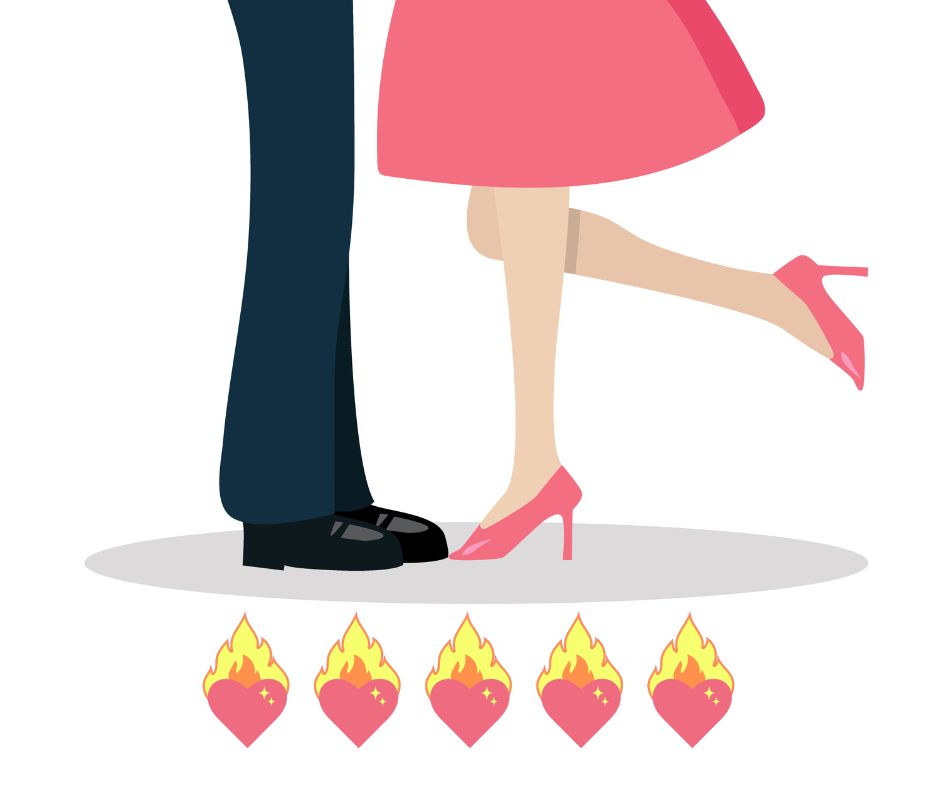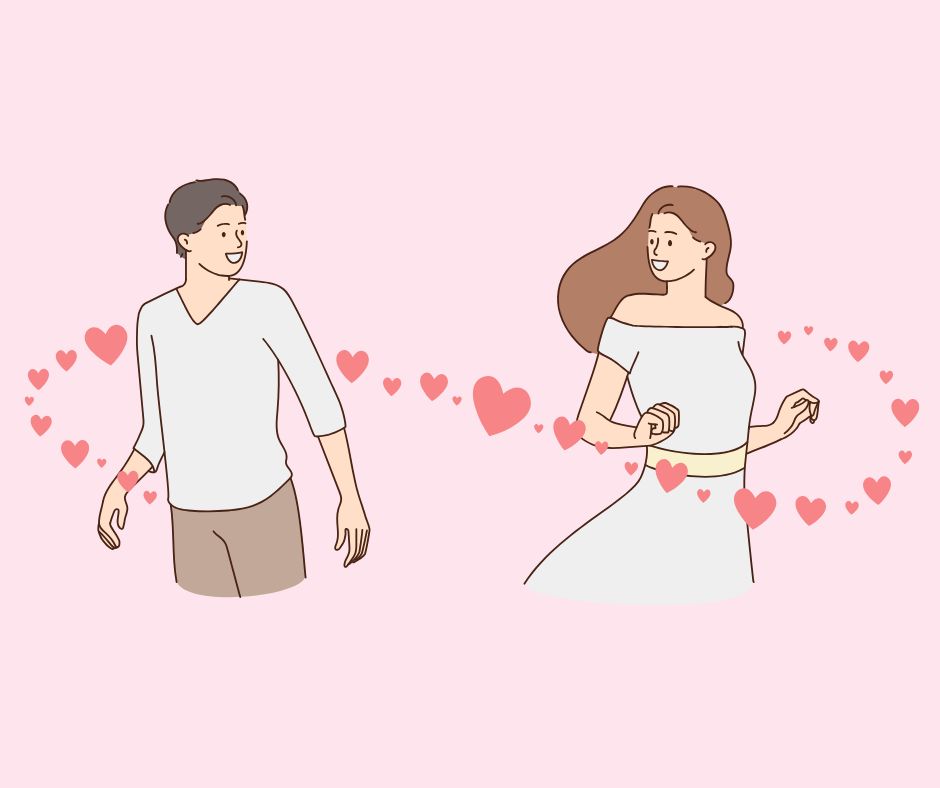Heat Levels in Romance Novels: A Guide for Authors

I think all romance readers and writers understand that romance novels come in various heat levels. What is a little more challenging to understand is what each level, outside of sweet and spicy, does each level represent. If I say my books are a 4, is your understanding of a 4 heat level the same as mine?
While heat level is subjective, this post will attempt to explain what it is and why it’s important, and give a basic description of a 1 through 5 heat level rating.
You can read this poste below the video.
Why Heat Level is Important In Romances
Heat level in romance novels refers to the degree of explicit sexual content in the story. Just like readers have favorite and hated tropes, so too do they have preferred and avoided heat levels. For this reason, heat is a factor romance authors need to consider when marketing their books. Readers who don’t want any heat will be upset if you sell them a book with a sexy bit. There’s also a market for readers who want explicit content, sometimes highly explicit, and if they don’t get it when they expected it, they’ll be annoyed. Get heat level wrong and you could end up with a bad review.
What Each Heat Level is and What it Means
Heat levels are typically classified into five categories, although the names of these categories can vary. For the purpose of this article we’ll use: sweet, warm, sensual, spicy, and erotic (not erotica, which is in a class all its own).

Sweet romances are usually okay for younger audiences, but readers of all ages enjoy it.
Like other romances, you can find them in a variety of categories (e.g. historical, contemporary, suspense, YA, LBGTQ) and tropes (second chance at love, etc). Faith oriented romances are also in this category.
Some authors to check out are Elena Johnson and Harlequin’s Heartwarming (Jen Gilroy or Tanya Angler) or Love Inspired. You can see Harlequin’s lines heat levels here.

Warm romances may have a couple of benign swear words, but nothing harsh (no f-word or vulgar words).
Like other romances, a warm romance cover a variety of categories and tropes. Many YA books tread into this heat level these days.

Romances in this heat level are 18+ content. They’re found in all mature-reader oriented categories (e.g. historical, contemporary, suspense, paranormal, etc), and tropes. Old school romances from Nora Roberts and her peers generally fall in this heat level. Many romcoms, such as The Hating Game, are in this level as well.

Like all other levels, you can find romances in this level in a variety of categories and tropes. New Adult falls here or sometimes straddles sensual and spicy.

This heat level is where many of the darker romances fall, such as mafia romances (which outsold billionaire romances last year). Menage books (e.g. reverse harem) also are usually in this heat level.
Most well-known authors at this heat level are E.L. James and Sylvia Day, but many indie authors dominate this heat level on Amazon (especially in KU).
Like the other levels, you can find books in most romance categories and tropes.
Notes on Heat Ratings
It’s important to note that regardless of heat level, a romance is first and foremost about a loving, healthy relationship between two (or in the case of reverse harem multiple) people. If the book is only about sex, and not a romantic relationship, then it’s erotica.
Ultimately, heat levels are subjective. I think I’m spicier than 3 but not quite a 4… 3.5, if you will. But, even with an imperfect rating system, identifying a heat level helps readers navigate content they prefer and avoid what they find offensive. Letting readers know what to expect can help you avoid shocking or disappointing readers. If you have a provocative cover and no sexy bits, a sweet reader might avoid it (because of the cover) and a level 3-5 reader might be disappointed that there wasn’t anything explicit. The opposite is true too. If you have a sweet looking cover but explicit sex in the book, a sweet reader lured in by the cover will be upset.
Should you come right out and say your heat level in your book description? If you’re a sweet writer, I would say yes so that sweet readers feel confident in what they’re getting. For levels 4 and especially 5, often the heat level is revealed by the cover and/or the blurb. You’re not likely to have a sweet reverse harem.
If you study the market of books at your heat level, you can get a sense of how they market and how their covers and blurbs reveal what the reader is likely to find.








Responses